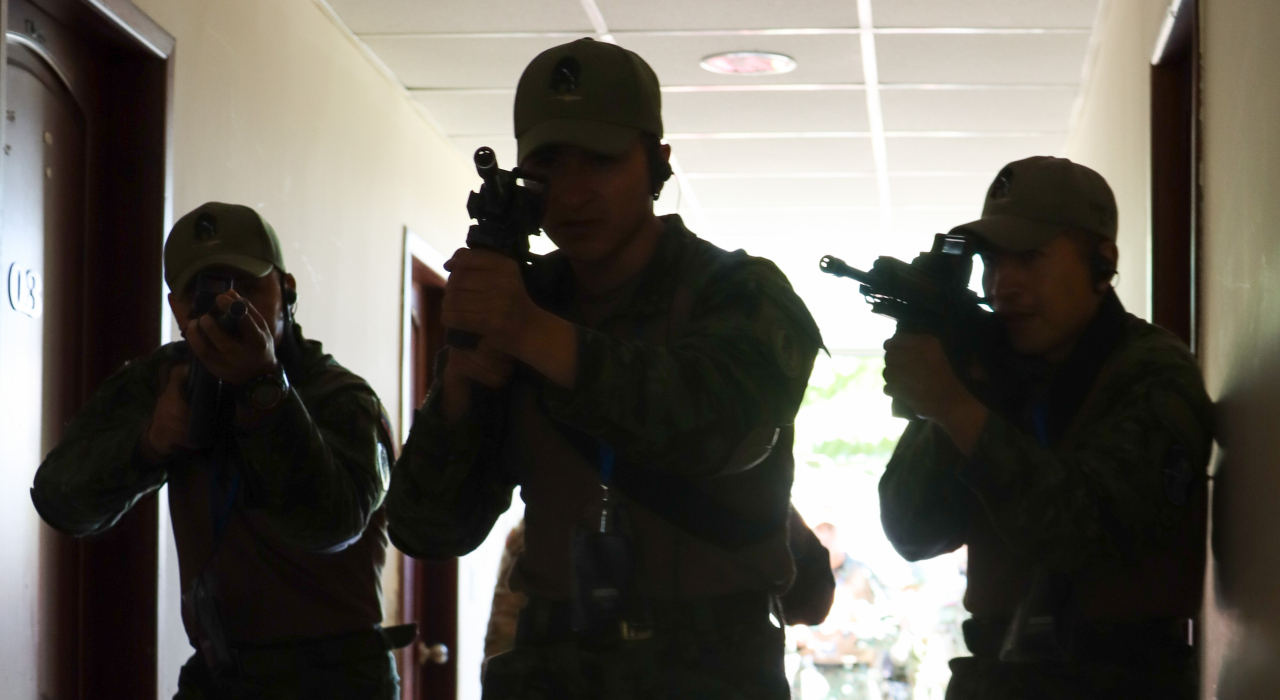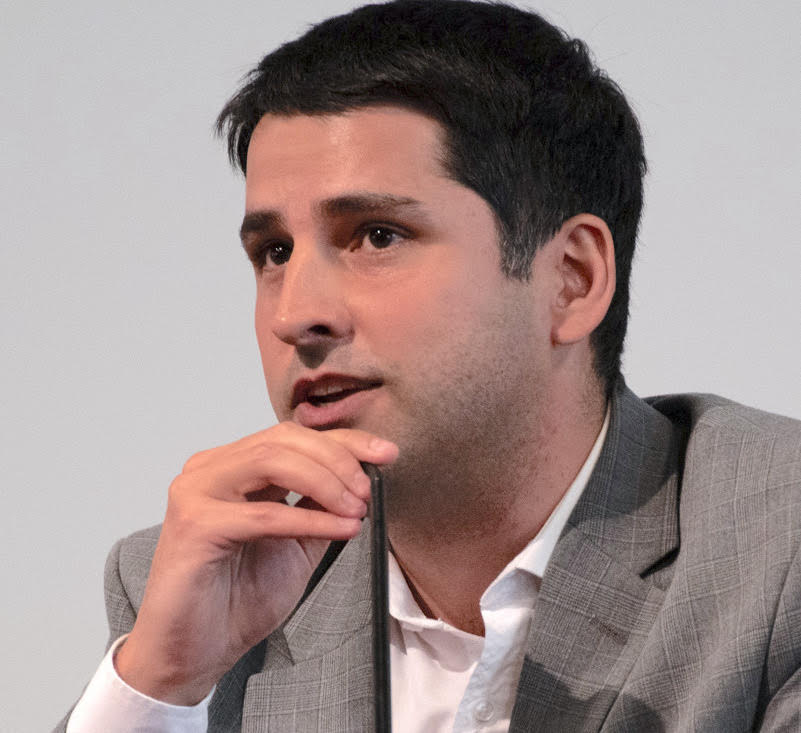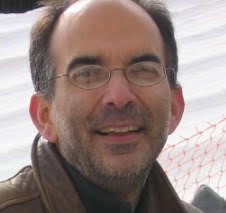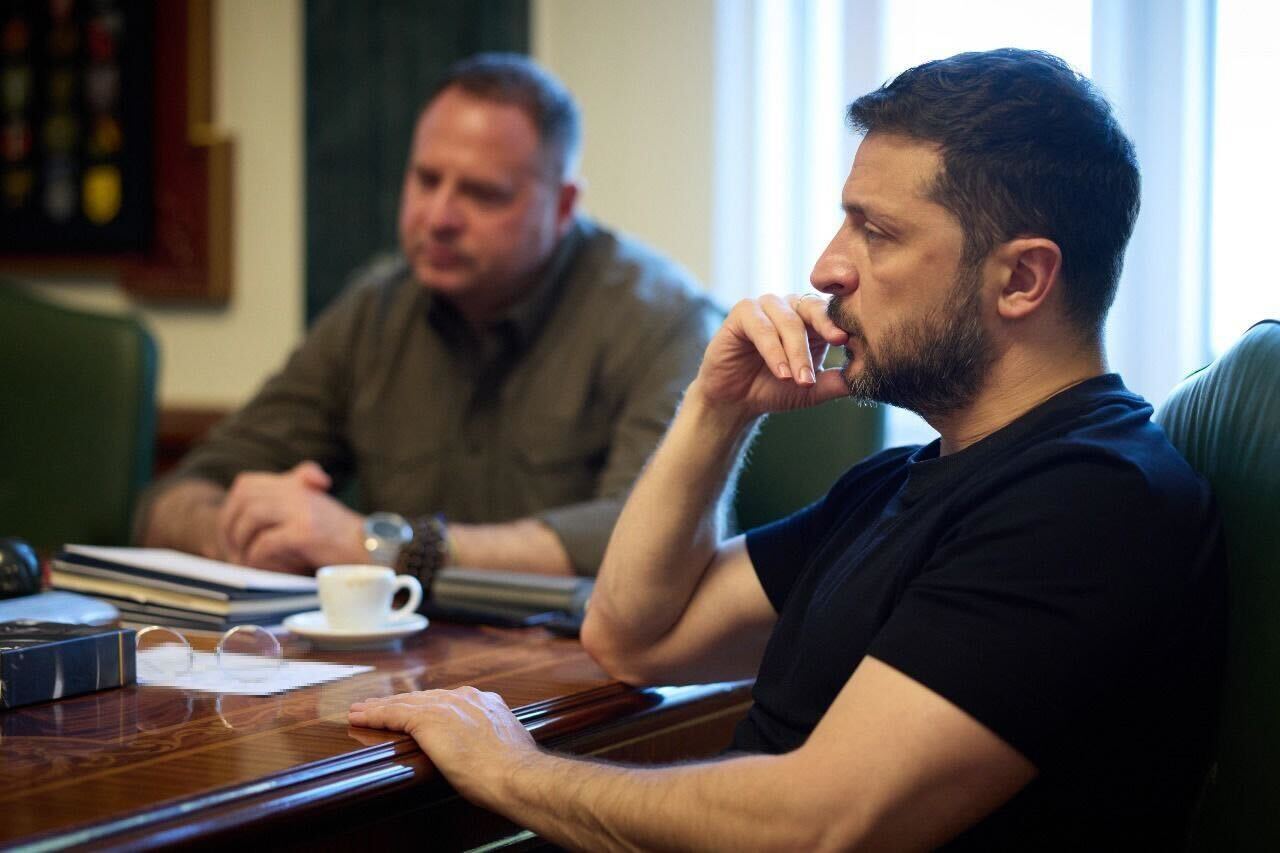The Militarization of Latin American Security, Then and Now

Published by The Lawfare Institute
in Cooperation With

Editor’s Note: Latin America is not a stranger to violence, neither today nor in its past. Luis Schenoni of University College London and Raúl L. Madrid of the University of Texas argue that the region overcame the last wave of violence by strengthening state militaries but that this time military solutions are likely to fail or even backfire.
Daniel Byman
***
In the past few years, governments in Latin America—the most violent region in the world in terms of homicide rates—have increasingly militarized their approach to fighting crime. Prompted by the success of Nayib Bukele in El Salvador, leaders facing outbursts of gang violence have moved to strengthen their militaries and involve them directly in combating armed gangs. Ecuador’s Daniel Noboa, for example, recently sent the military into Ecuador’s streets and prisons to fight criminal gangs, an approach that received support from the public in a referendum in April 2024. The presidents of Brazil, Mexico, and Paraguay have also recently deployed their armed forces in the fight against narcotrafficking and organized crime, and Argentina’s Javier Milei is considering a similar move.
These leaders are drawing on a romanticized and outdated view of the military as the provider of order and progress in the region—a perspective that dates to the 19th century when these states formed and their governments consolidated power. In a recent article in International Security, we analyze how South America went from the most violent region in the world in the 19th century to a stable one at the beginning of the 20th century, a dramatic shift made possible by countries strengthening their militaries and other security forces. However, while this securitized approach was effective in the past, it may not be a sustainable solution today.
As a rule of thumb, states must strengthen their militaries and security forces to deter and combat domestic political violence, as well as to ensure the effective control of legitimate force within their territories. This was the case in South America, where the expansion and professionalization of the military at the turn of the 20th century significantly reduced revolts by non-state actors. Our data show that in the period from the 1830s to the 1920s, revolts from actors outside the state—that is, excluding coup attempts and mutinies within the military—declined approximately 80 percent, from 52 per decade to only 9 per decade.
This shift is strongly correlated with increases in indicators of military strength and professionalization, even controlling for other potential explanations. According to our analyses, investments in the military—such as an increase in 10,000 troops or the opening of just one additional military academy—are associated with a 30 percent decrease in the likelihood of a revolt.
A century later, however, such militarization is less sustainable. South American states in the 19th century could invest so heavily and consistently in the expansion, equipping, and training of their armed forces because of a sustained export boom during the last four decades of the century and a parallel increase in interstate tensions that provided a justification for such militarization. States that engaged in international wars (and emerged victorious) also developed strong, legitimate militaries that could successfully impose domestic order. Yet these two factors—economic growth and the specter of international war—are absent in the region today, which will make dramatic increases in the armed forces difficult to maintain. If investment in the military and security forces cannot be sustained in the long term, policemen and soldiers that are poorly paid, equipped, and trained can become part of the problem rather than the solution. This was the case in late-19th-century Ecuador and Paraguay, where a small, corrupt, and underpaid military served the parochial interests of sectors of the elite and failed to contain rebellions. Similarly, in the late 20th century, some of the weakly professionalized Central American militaries were widely involved in corruption and human rights violations.
Another important difference between the late 19th century and now is that the violence that took place then was typically political in nature. Opposition parties and politicians revolted to seize power, protest government policies, or seek regional autonomy or independence. By contrast, the recent violence in the region has largely been criminal in nature. Although Latin American militaries could effectively fight 19th-century rebel armies that regularly mobilized thousands of people, the armed forces are less effective in combating criminal gangs that operate in dispersed units and are more likely to blend into the population than engage the military head-on.
Relatedly, while monopolizing violence allowed states to enforce the rule of law and forced opposition elites to abandon the armed struggle and focus on electoral paths to power in the early 20th century, current militarization seems more likely to have a negative effect on democracy. Indeed, militarization in this decade has been associated with a wave of democratic backsliding in the region. In many cases, it is taking place at the expense of civil and human rights and in a context of politicized—as opposed to professional—militaries. Both executives and the opposition have at times called on the military to intervene or to expand its role to further their own interests. In Brazil, for example, the opposition ransacked the Brazilian Congress and other government buildings on Jan. 8, 2023, and repeatedly called on the military to depose President Lula da Silva. In Mexico, President Andrés Manuel López Obrador has transferred a vast number of activities to the military, from customs and migration to the development of infrastructure, in order to evade transparency and public accountability.
Looking back at the history of the region’s militaries and the role they played in the 19th-century transition from chaos to order can offer some clues regarding the sustainability and risks of current trends. If anything, the different structural and institutional contexts suggest that the factors that made states effective at suppressing revolts a century ago are not present today and will limit the dividends this strategy could reap. If Latin American leaders do pursue this approach, the professionalization of the security forces must be put first to avoid compromising democratic norms, and the military should remain above partisan allegiances and economic cycles for any progress they make to be sustainable.





-(1).png?sfvrsn=fc10bb5f_5)
